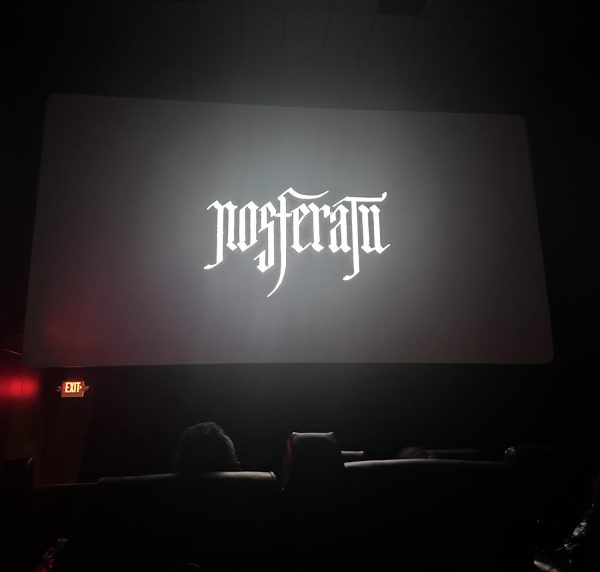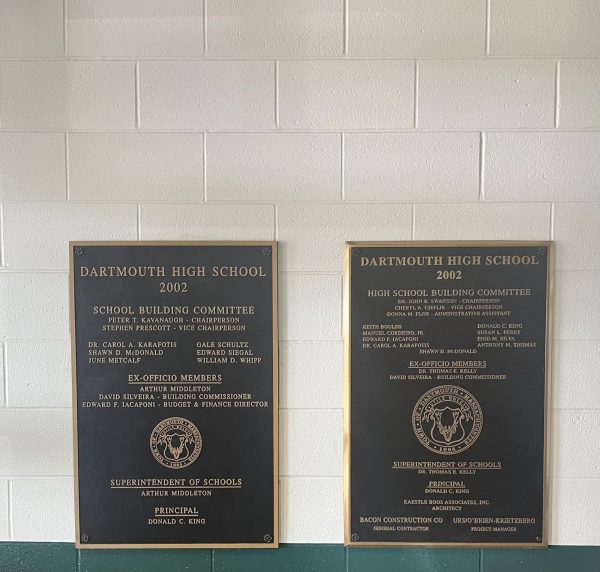The Black Whale Review: New Bedford seafood with a unique twist

The Black Whale stepped onto the New Bedford restaurant scene last summer, and within months, gained the type of popularity known only to places like No Problemo and Brick. Located right on the wharf of the Whaling District, the menu has a distinctly seafood-oriented selection.
Along with indoor seating, the restaurant has a picture-perfect deck for diners who are brave enough to bear the intense humidity and unpredictable weather of New England. I was decidedly not one of those brave souls and chose to eat inside with my parents.
The combination of a brilliant air-conditioning system and floor-to-ceiling windows locks out the sticky, latex-clinging air but leaves the warmth of natural light for restaurant-goers. The windows also open up the room a considerable amount; a necessary feature, for without the windows, the dining floor would surely feel over-crowded by the constant coming and going of customers.
I was seated immediately – Sunday nights are their least busy – and the first thing I noticed was the view. Sitting at a window seat, I was presented with a charming view of the parking lot and a peep of the murky New Bedford harbor, where two boats named “Janice and Julie” and “Hear No Evil,” respectively, bobbed at the dock.
For appetizers we ordered the stuffies, 6 cherrystone clams stuffed with chourico, red bell peppers, onions, and garlic ($10), and the salmon carpaccio, one of the evening’s specials ($9). It was made clear that The Black Whale wholeheartedly believed in the art of presentation once our appetizers were presented to the table.
Despite the salmon carpaccio, sliced salmon drizzled with cucumber creme fraiche and sprinkled with toasted brioche croutons and chopped onion and cucumber, being a special and so elegantly put together, it failed to feed the stomach as much as it did the eyes. Aside from the indistinct flavor of cucumber from the creme fraiche, nothing about the taste of the fish was unlike the smoked salmon I’m use to having with bagels, à la Jew.
To contrast, the stuffies were a mouth-watering prediction of the meal to come. The only garnish that decorated the plate was a cluster of purple edible flowers, which had a delicate and refined taste, easily overpowered by the stuffies. But I was okay with that, seeing as I didn’t pay $10 to eat these small plants.
As most people who have truly lived and eaten a stuffed quahog or clam know, the shellfish within the dish is usually minced and then mixed with other ingredients. In The Black Whale’s version, however, the clams were baked whole within the mixture of meat and vegetables.
Out of all of the stuffed quahogs and clams I’ve eaten in my life, these stuffies definitely rank in the top five. Their deliciousness could be attributed to the clams being intact, which allowed the juices of all the baked ingredients to settle at the bottom of the shells that held each stuffie. Or it could be because Portuguese chouriço was used in the recipe, making the stuffies taste as if they were made with love by my own personal Avó (that is, if I were Portuguese).
The very attentive hostess was on the spot as soon as my parents and I had scraped all that we could from the clam shells, cleared our plates, and brought out our entrees.
Something about the golden greasiness of the fried whole belly clams ($24) and the fruity yet somehow rich taste bud explosion effect of the lobster & mango salad ($21) was an existential experience in itself. Both dishes came from the sea, but their tastes couldn’t have been more different.
Tartar sauce, cole slaw, and french fries were served with the fried clams but these flaky, beautiful orbs of goodness could have been eaten alone and still tasted just as good. I’m telling you right now and with no shame whatsoever: these clams gave a new definition to the term “food-gasm.”
The first bite was breathtaking. It was the perfect ratio of grease, juice from the clam, and crunch from the batter, something more complicated to obtain than solving Pan’s Labyrinth. There was never a decline in quality or taste either, as some diners can often experience after the initial relief of hunger.
The direct combination of fruit and shellfish just don’t seem to go together in theory, but the flavors in this lobster and mango salad were as fluid as a string quartet. Both the mango and lobster tasted as fresh as could be, and they appeared that way, too. The salad was presented on four large leaves of bright green lettuce; the whole set-up looked as if it came from a glammed-up version of Cast Away.
For a restaurant located in the harbor of a fishing port city, The Black Whale exceeds expectations with its impeccable cooking skills of seafood in all style.
Walking out of the restaurant, I realized I was willing to forgive and forget the salmon carpaccio, my only remorse coming from knowing that the fish could have satisfied a hungry grizzly bear cub more deeply than it did me.






